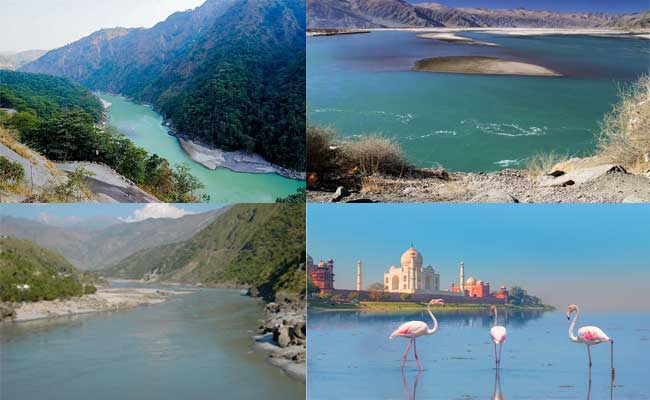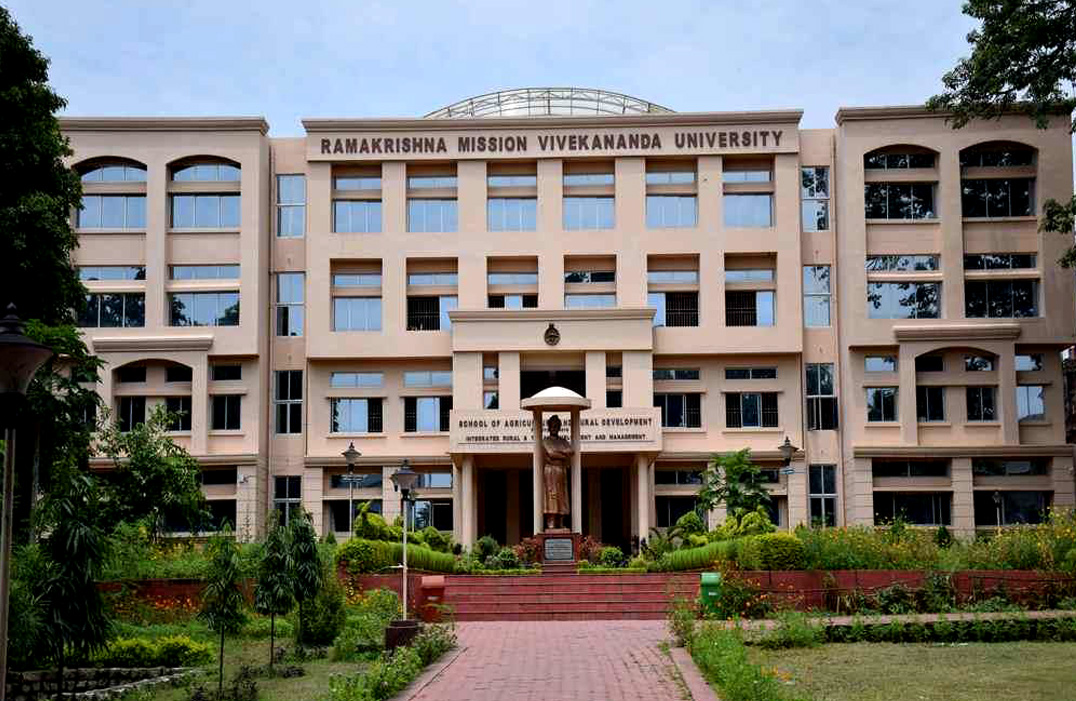Rivers are an integral part of India’s culture, history, and geography. They have played a vital role in shaping the country’s economy, ecology, and lifestyle. India is home to some of the world’s most significant rivers, including the Ganges, Brahmaputra, Indus, Yamuna, and Godavari, among others. Each of these rivers has a unique story to tell and has contributed to the growth and development of the regions they flow through. In this article, we will explore the rivers of India, their significance, and their impact on the country’s socio-economic landscape.
The Ganges River: The Sacred River of India
The Ganges River is one of the most revered and sacred rivers in India. It flows through the northern part of the country and has a total length of 2,525 kilometers. The river is known by many names, including Ganga, Jahnavi, Bhagirathi, and Padma, among others. The Ganges is considered a symbol of purity, and many Hindus believe that bathing in the river can wash away their sins. The river also supports a vast ecosystem and provides water for irrigation, drinking, and other purposes. However, the Ganges is also one of the most polluted rivers in the world, and efforts are being made to clean it up.
The Brahmaputra River: The Mighty River of the North-East
The Brahmaputra River is one of the largest rivers in the world and flows through China, India, and Bangladesh. It has a total length of 2,900 kilometers, of which 916 kilometers are in India. The Brahmaputra is a mighty river and is known for its ferocious floods and the vast delta it creates in Bangladesh. The river supports a diverse ecosystem and is home to several species of flora and fauna, including the endangered Gangetic dolphin. The Brahmaputra is also a significant source of water for irrigation, hydropower generation, and transportation.
The Indus River: The River of the Harappan Civilization
The Indus River is one of the longest rivers in Asia, with a total length of 3,180 kilometers. It flows through India, Pakistan, and China and is known for its significance in the ancient Harappan civilization. The river supports a vast ecosystem and is home to several species of fish, including the famous Indus river dolphin. The Indus is also a significant source of water for irrigation, and several dams and canals have been built on the river to harness its water for agriculture and other purposes.
The Yamuna River: The Sister of the Ganges
The Yamuna River is a tributary of the Ganges and flows through the northern part of India. It has a total length of 1,376 kilometers, and its source is the Yamunotri Glacier in the Himalayas. The river is considered a sister of the Ganges and is also revered by Hindus. The Yamuna supports a vast ecosystem and is home to several species of fish and birds. However, like the Ganges, the Yamuna is also highly polluted, and efforts are being made to clean it up.
The Godavari River: The Lifeline of South India
The Godavari River is the second-longest river in India, with a total length of 1,465 kilometers. It flows through several states in South India, including Maharashtra, Telangana, and Andhra Pradesh. The Godavari is considered the lifeline of South India and is a significant source of water for irrigation, hydropower generation, and drinking. The river supports a diverse ecosystem and is home to several species of fish, birds, and animals.
![]()





